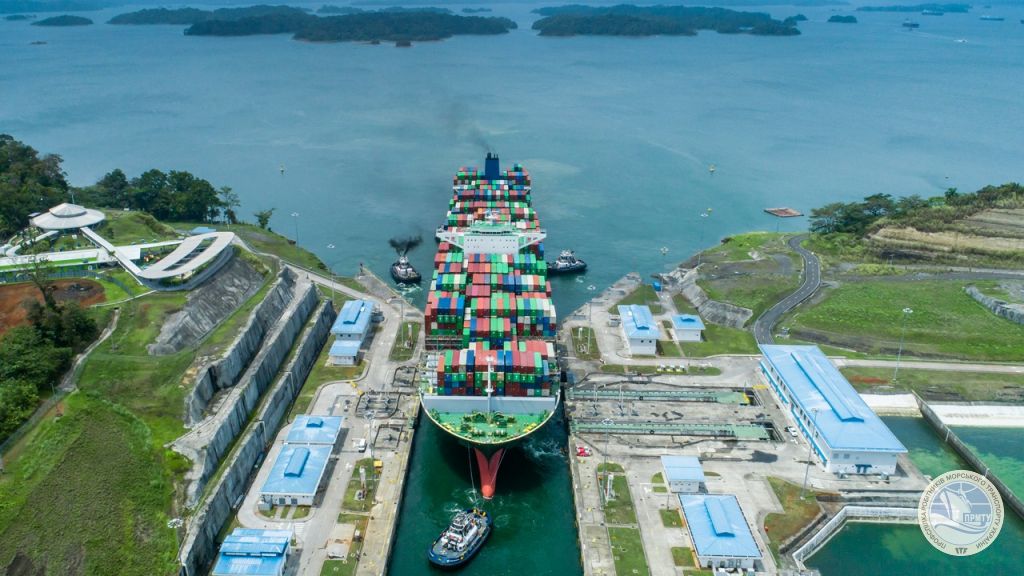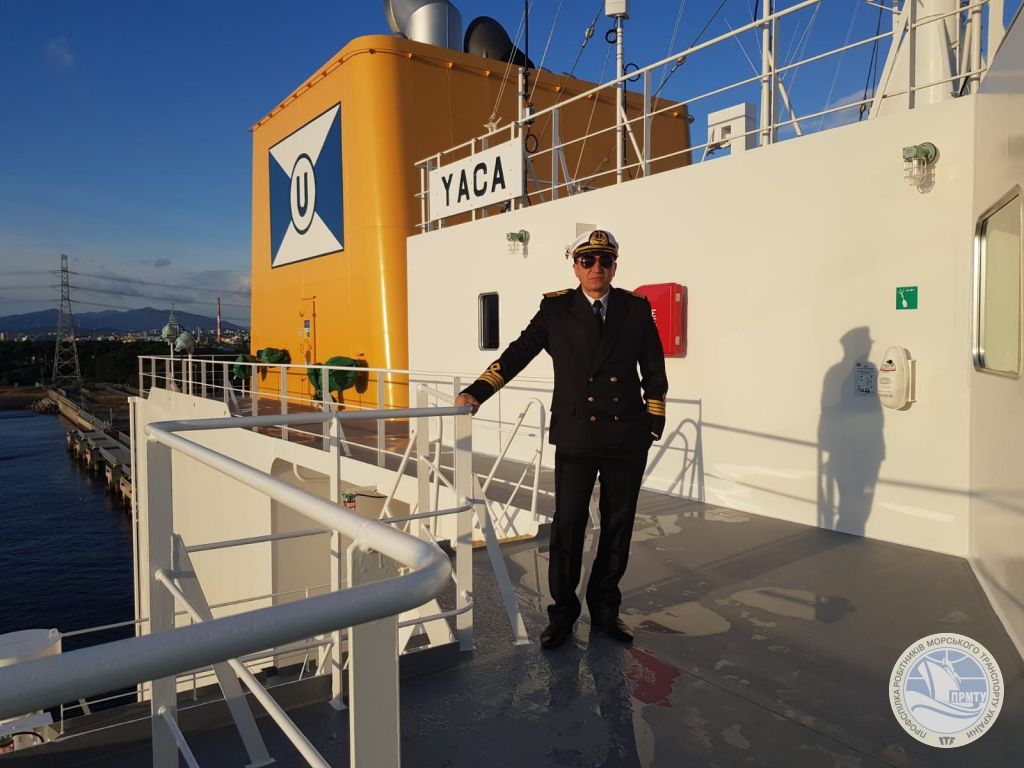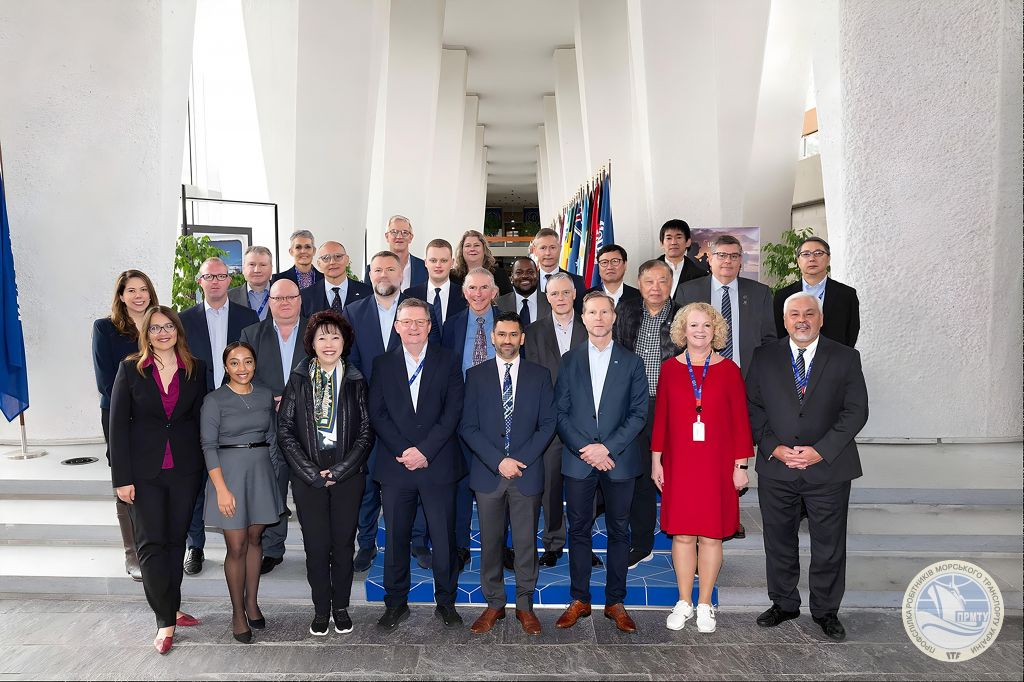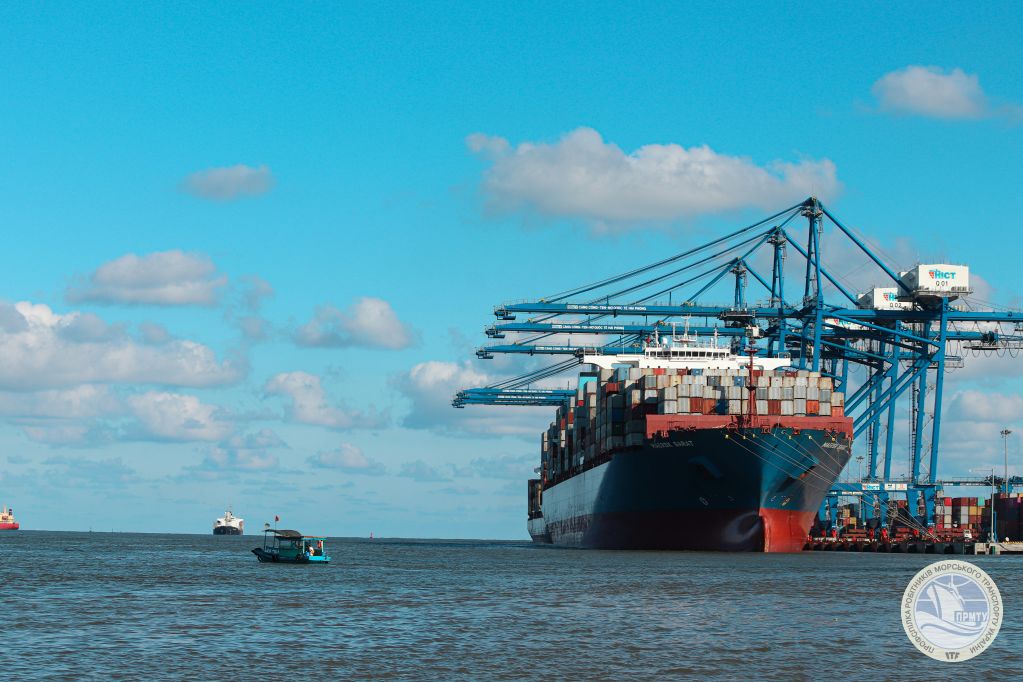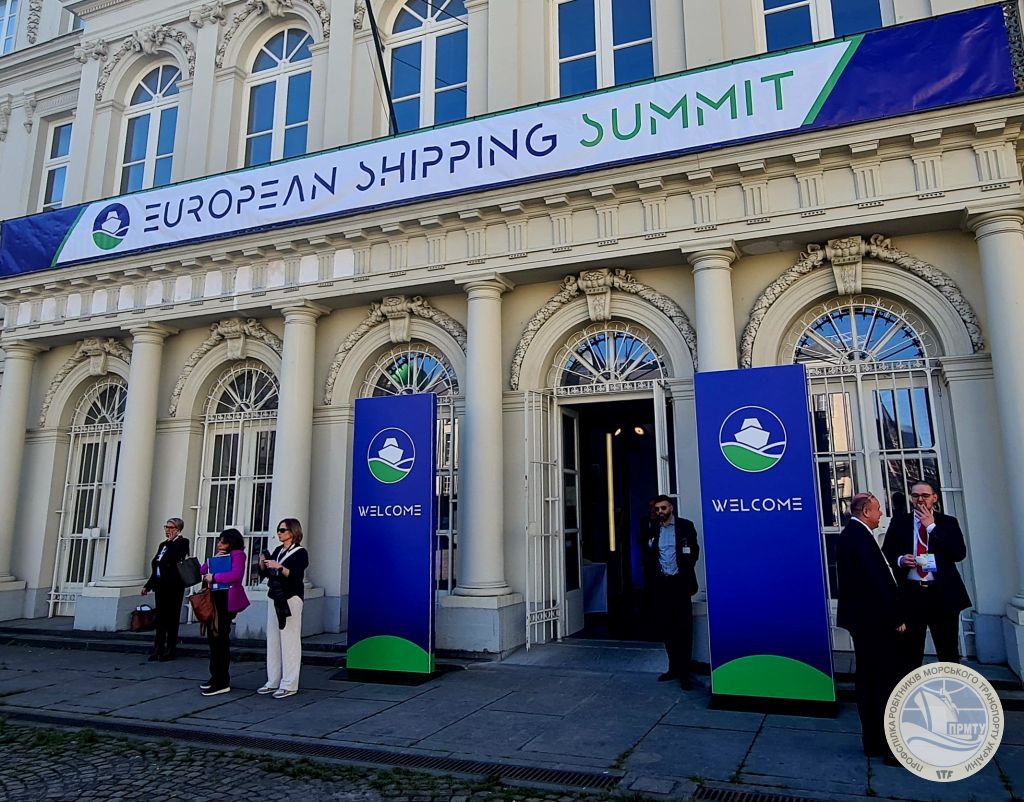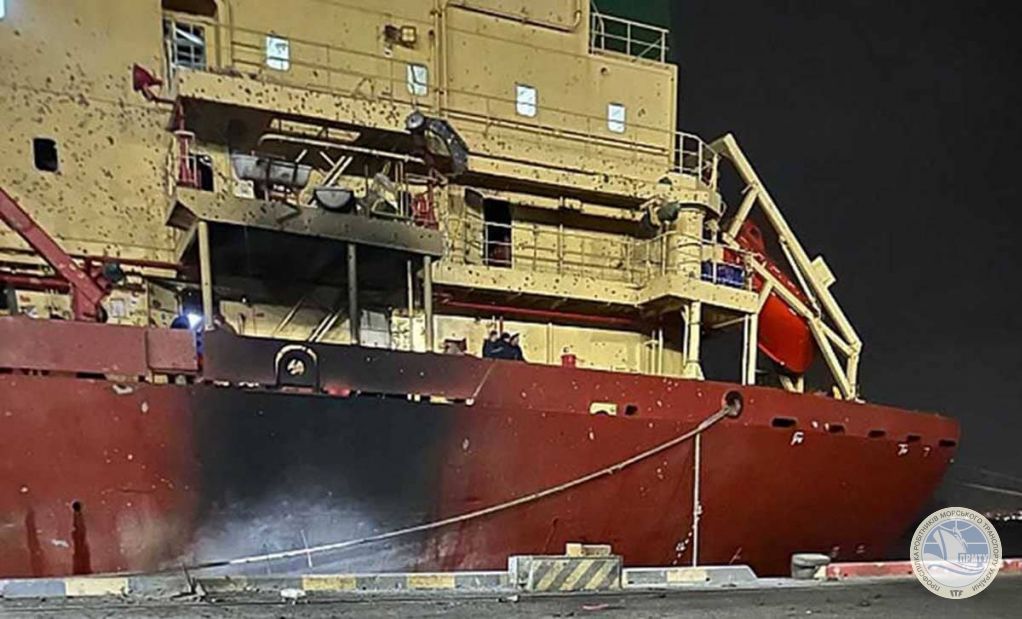The severe drought in Panama has seriously affected the global shipping industry. Dealing with this problem is strategically important for various sectors, including international trade, the economy, the environment, and geopolitics. For more comprehensive insights into the situation, we discussed the issue with experienced Master Oleg Kolesnykov. He shared his professional view of the problem and vision for a possible solution.
Oleg Kolesnykov, Master
Work experience at sea - 23 years
Member of the International Association of Maritime and Shipping Professionals (IAMSP), North American Marine Environment Protection Association (NAMEPA), The Society of Accredited Marine Surveyors (SAMS), NAMS Global International Association of the Marine Surveyors (NAMS CMS).
Mr. Kolesnykov is a founder and head of Key Marine, LLC, a company providing comprehensive maritime consulting services for vessels and maritime transportation companies. The company was founded in August 2023 and has already received the Global Recognition Award from the international community.
In 2006, he graduated from Odesa National Maritime Academy (now NU "OMA") with a degree in Navigation, then in 2021 - Middlesex University in London as a Master of Business Administration in Shipping and Logistics.
His professional achievements include accident-free operation of the vessel, effective crew management, promotion of innovations, successful completion of complicated missions, training, and mentoring.
- Oleg, what is the key role of the Panama Canal for shipping?
- The Panama Canal is the most important sea route connecting the Atlantic and Pacific Oceans. It reduces the time and cost of goods transportation between the eastern and western parts of the world. The first value of the canal is that it allows vessels to avoid a long voyage around South America, reducing the time spent and significantly lowering the cost of cargo transportation.
- What is the current situation in the Panama Canal, and what are the threats to global trade?
- The Panama Canal is currently encountering some difficulties due to the changing climate conditions, in particular, drought. It leads to a decrease in the water level in the canal, which can limit the cargo capacity of ships transiting through it. Reduced shipping capacity can create problems for global trade by increasing shipping costs and duration.
- What are the current drought-related restrictions for ships?
- The Panama Canal Authority is implementing additional vessel reductions to conserve water as the drought, exacerbated by the severe El Niño weather phenomenon, continues to lower water levels at the locks of the key global trade channel.
According to the Panama Canal authorities, the drought has required them to reduce the number of daily transit ships from 29 to 25, and, in the following weeks, they will reduce ship transit even further until it drops to 18 ships per day in February. It makes from 40% to 50% of full capacity. Under normal conditions, 34-36 vessels used to pass through the canal everyday. The drought and the decrease in the number of vessels seriously impact the trade flows.
- What types of vessels are mostly affected by these restrictions?
- Container ships transiting the Panama Canal to the US East Coast.
- How do the changes in the Panama Canal transit schedule affect cargo downtime, and which industries and cargoes are at risk due to these delays?
- The Panama Canal remains a popular route for East Coast trade, providing a faster delivery route. For example, it takes 41 days to deliver sea cargo from Shenzhen (China) to Miami (Florida) via the Suez Canal, while it takes only 35 days to deliver through the Panama Canal.
However, the shorter transit time results in increased downtime, forcing shippers on the East and West coasts of the United States to develop alternative strategies. The additional transit time through Suez can add from a week to ten days to the arrival time of a shipment.
These changes in the Panama Canal transit schedule will affect the supply of goods and production chains, impact logistics costs, and may affect the pricing of goods.
- What safety measures are in place to ensure the safe movement of ships in drought conditions?
- The Panama Canal Authority's actions include limiting vessel carrying capacity, improving water management, and developing plans to maintain the canal's navigability during drought periods.
- Are there any particular challenges or risks that ships face when navigating the canal during a drought?
- Reduced space in the canal due to low water levels can cause maneuvering difficulties for large vessels requiring greater depth to pass safely.
- What measures are taken to cooperate with shipping companies and other stakeholders?
- First, it is a regular information exchange. The Authority maintains open communication with shipowners and companies to inform them about current conditions, restrictions, and upcoming changes.
Secondly, consultations and coordination with shipping companies to plan and manage ship traffic in drought conditions, create joint action plans to effectively overcome drought-related restrictions, and minimize the impact on cargo transportation.
Such cooperation helps to take into account the interests of shipowners and companies, reduce possible risks, and minimize the impact of drought on global trade through the Panama Canal.
- What environmental consequences can occur as a result of drought in the canal?
- These may include changes in the ecosystem, threats to aquatic species, possible deterioration of water quality, and impacts on coastlines. The environmental consequences can be significant, so the Authority usually takes measures to minimize the environmental impact and monitors the situation to prevent negative consequences for nature.
- How does the Panama Canal Authority plan to deal with the crisis by conserving water and ensuring the passage of ships, and what measures can be taken in the future?
- The water resources are being carefully managed, including regulation of water flow and the use of locks and artificial reservoirs to store water in the canal.
By imposing restrictions on vessel loads, the canal authority can minimize the impact on the canal's navigability during low water levels.
The canal authority cooperates with scientific and environmental organizations to develop water management plans and minimize environmental impacts.
- Are there any plans to improve the Panama Canal's infrastructure to take into account changing climate conditions and possible droughts in the future?
Additional measures are possible in the future, such as investing in more efficient water management systems, more accurate methods of predicting climate change and its impact on water levels in the canal and developing more flexible management strategies to minimize drought risks.
